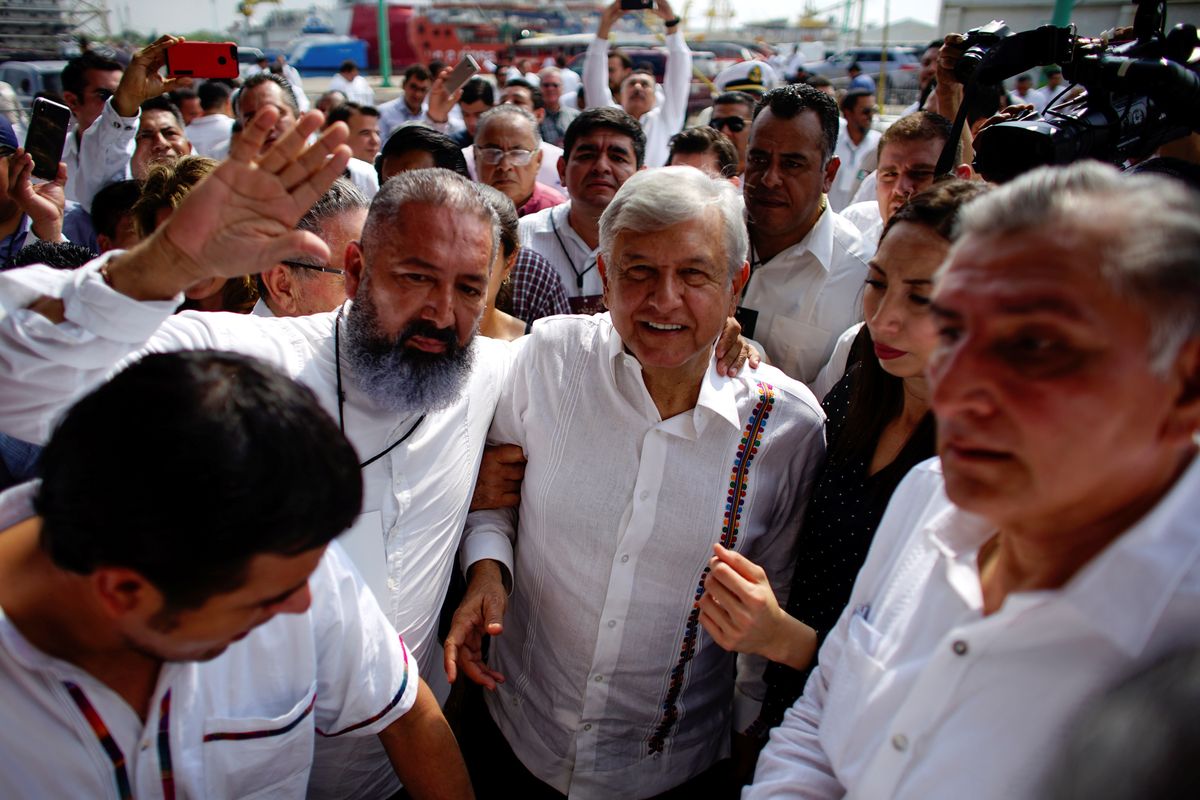Kevin Allison is a Senior Editor for Signal. Based in Washington DC, he looks at how technology is reshaping global affairs. Kevin is also a Director in the Geo-Technology practice at Eurasia Group. Kevin holds degrees from the University of Missouri and from Harvard's Kennedy School of Government. He was also a Fulbright Scholar in Vienna, Austria and a 2015 Miller Journalism Fellow at the Santa Fe Institute. Prior to GZERO Media and Eurasia Group, Kevin was a journalist at Reuters and the Financial Times. He has lived in eight US states and has been an expat four times.
Gabe Lipton is the Associate Editor of Signal responsible for editorial execution of GZERO Media's written newsletter content. He holds degrees in Government and Economics from Wesleyan University, where he was a member of the international economic honors society, and is studying German in his spare time. At the age of 11, the Green Goblin (Willem Dafoe) confirmed (in person) his take on an important political question of the day, forever sealing his fate as a close observer of global politics. His Spidey powers leave much to be desired.
Mexico's newly-inaugurated president, Andres Manuel Lopez Obrador (AMLO), may have just scored a big political victory after a rocky start to his tenure.
The US State Department announced yesterday its intention to deliver $5.8 billion in aid and investment to Central America to stem the tide of migrants flocking toward the US border. While much of the support falls under existing commitments, Mexico's foreign minister welcomed it as "good news for Mexico."
AMLO has worked energetically since taking office to sell the White House on a "Marshall Plan" of support to address the region's growing migrant crisis. The US commitment is a preliminary sign that he's at least being heard.
The big picture: Upon taking office, the Mexican president was caught between an irresistible force and an immovable object. To his south, people fleeing poverty and violence in Central America have been crossing Mexico's porous southern border on their way to the United States. To his north, President Trump has made tightening border security his number one domestic political issue. AMLO didn't want to antagonize Mexico's main trading partner by letting more migrants pass through.
The domestic picture: AMLO, who is grappling with a high crime rate and strained resources at home, also recognizes that taking in migrants creates its own set of political headaches. Asylum requests in Mexico have skyrocketed over the past five years, reaching 14,544 in 2018. Those numbers were expected to rise after AMLO's administration committed to take in asylum seekers with cases currently pending in the US. While he campaigned as a compassionate voice on immigration, Mexico's new left-wing leader spied the need for a grand solution. The US funding will contribute to a $30 billion of aid package envisioned by AMLO.
The global picture: AMLO even dangled the prospect of Chinese investment to bring Trump to the table, according to the NY Times – reasoning that the US might be more willing to pay up if it feared that China might try to expand its influence in the region by opening its wallet. For context, Beijing is already a big investor and trading partner in the more prosperous parts of Latin America. While a quixotic idea to build a canal through Nicaragua hasn't really gone anywhere, China has been investing in infrastructure in some smaller Central American markets. It's also offered carrots to regional governments to get them to drop diplomatic recognition of Taiwan in favor of Beijing.
Whatever the motivation for the US decision, the support for Mexico's investment and aid program is an important political reprieve for Lopez Obrador just a few weeks into his term.

